Colorado’s Rocky Mountain National Park is a rugged natural sanctuary nestled in the forefront of the Rocky Mountains. Spanning an area of roughly 415 sqmi, visitors can savor the unspoiled mountain wilderness complete with fresh air, breathtaking views, and pristine forest streams.
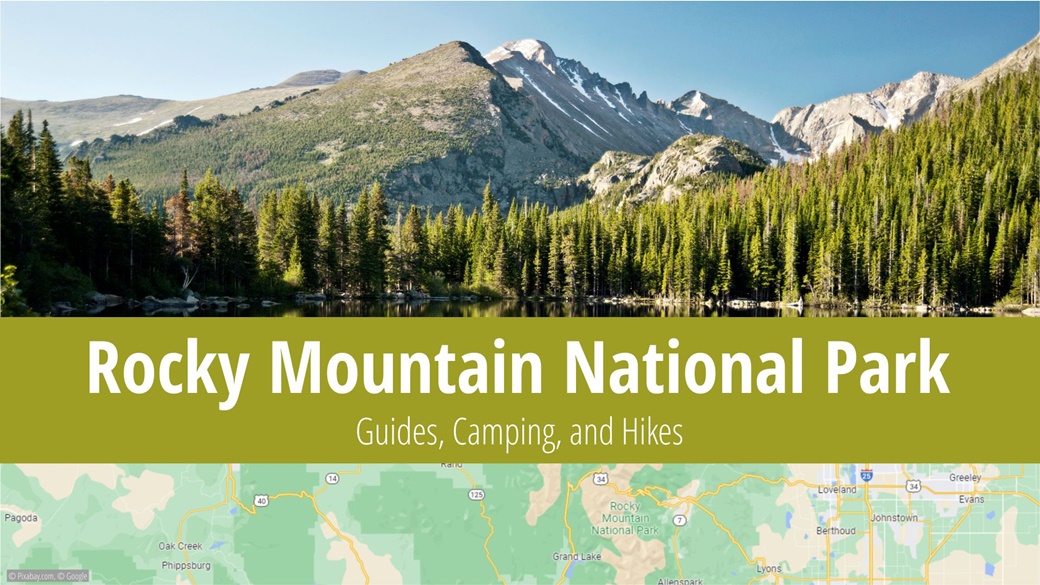
Table of Contents
- Information About Rocky Mountain National Park
- Attractions and Activities in Rocky Mountain National Park
- Best Time to Visit Rocky Mountain National Park
- Entrance to Rocky Mountain National Park
- Traveling to Rocky Mountain National Park
- Accommodation in Rocky Mountain National Park
- Tips and Advice for Traveling to Rocky Mountain National Park
- Photos of Rocky Mountain National Park
Information About Rocky Mountain National Park
Rocky Mountain National Park is situated in northern Colorado, approximately 87 mi northwest of Denver. It’s unique geologically as it’s divided into two halves by a continental divide. The eastern half is drier and dominated by snow-capped mountain peaks, while the western half, being wetter, is primarily blanketed by dense forests.
The park boasts 150 lakes and 447 mi of streams, with the highest peak, Longs Peak, standing tall at 14,259 ft.
Rocky Mountain National Park was declared a national park on January 26, 1915, making it among the oldest in the USA. In 2021, it welcomed 4,434,848 visitors, a notably high count.
The park’s mountainous and forested terrain provides habitats for marmots, deer, bighorn sheep, black bears, elk, and cougars. Its flora is dominated by pine and another conifer, the Douglas fir. However, that’s not all—thousands of plant species thrive throughout the park due to the varying altitudes across its expanse.
Attractions and Activities in Rocky Mountain National Park
Rocky Mountain National Park is a haven for hikers, with a network of 360 mi of trails crisscrossing the park.
The Trail Ridge Road is a must-do, known as the highest paved road in the country. Spanning over 48 mi, the road stretches from the town of Estes Park in the eastern half to Grand Lake in the western half. Approximately 11 mi of this route traverses above the tree line, promising unforgettable vistas. And you might even spot some bighorn sheep or deer. Dress warmly, as it’s usually 52 °F–63 °F cooler in the mountains than at lower elevations.
The Old Fall River Road, shorter at 9 mi and older of the two scenic drives, opened in 1920 and extends from the Horseshoe parking lot (near the Fall River Entrance) to the summit of Fall River Pass at an elevation of 11,795 ft. If you’re fortunate, you might encounter elk along the way.
Prefer hiking? Embark on a trail from either the Kawuneeche Valley in the western section or Bear Lake in the eastern section. The former is where you’ll encounter elk, while the latter promises fantastic photos to impress your friends.
Best Time to Visit Rocky Mountain National Park
Rocky Mountain National Park is accessible year-round, with summer and fall being the busiest seasons, when all parking lots may be full. If you plan to stay overnight in the park, I recommend arriving either early in the morning or late in the afternoon.
The park’s weather varies due to the different altitudes. In areas with altitudes up to 9,400 ft, summer is quite pleasant with daytime temperatures around 70 °F–81 °F and dropping to 25 °F at night. Higher altitudes are naturally colder, and it can even snow in July.
In autumn, September and October, visitors can enjoy clear air, blue skies, and dry weather, but heavy snow showers are not uncommon. These snow showers become more prevalent in winter, when temperatures can drop to -35 °F and higher altitudes are blanketed in thick snow. Spring is similar to autumn, except that the meadows begin to blossom with wildflowers.
Average Temperatures and Visitor Numbers in Rocky Mountain National Park
Average temperatures in Rocky Mountain National Park. Visitor numbers are based on the average from 2017-2021, with data sourced from the National Park Service.
| Max Temp | Min Temp | Precipitation Days | Visitors | Popularity | |
|---|---|---|---|---|---|
| January | 30 °F | 12 °F | 3.1 | 116 220 | 🟩 |
| February | 34 °F | 16 °F | 3.5 | 104 369 | 🟩 |
| March | 43 °F | 21 °F | 4.9 | 147 766 | 🟩 |
| April | 50 °F | 28 °F | 7.4 | 156 871 | 🟩 |
| May | 59 °F | 36 °F | 8.6 | 294 099 | 🟨🟨 |
| June | 72 °F | 45 °F | 6.6 | 706 503 | 🟥🟥🟥🟥 |
| July | 77 °F | 50 °F | 7.6 | 921 735 | 🟥🟥🟥🟥 |
| August | 73 °F | 48 °F | 6.8 | 786 032 | 🟥🟥🟥🟥 |
| September | 66 °F | 41 °F | 5.1 | 690 061 | 🟥🟥🟥🟥 |
| October | 54 °F | 30 °F | 4.9 | 354 109 | 🟨🟨 |
| November | 41 °F | 21 °F | 4.2 | 142 499 | 🟩 |
| December | 32 °F | 14 °F | 3.3 | 109 776 | 🟩 |
Entrance to Rocky Mountain National Park
For a one-day entrance to Rocky Mountain National Park, you will pay $30 for the car and all the occupants. The price for a week-long entry is $35. If you enter the park on a motorbike, you will pay $25. The pedestrian entry is $15.00 per person.
Beginning in 2023, park entrance and camping fees cannot be paid in cash. Payments can be made using contactless credit cards.
Due to the high influx of visitors to the park, reserving your admission in advance is mandatory.
Admission is free on select days (Veterans Day, opening weekend, etc.).
If you plan to visit more than one national park during your trip to the USA, consider purchasing the America the Beautiful pass. It costs $80 and grants you entry to all USA parks for 365 days.
Traveling to Rocky Mountain National Park
To reach Rocky Mountain National Park, it’s best to use your own car. I’ve provided routes and approximate driving times from nearby towns for your convenience:
| From / To | Distance | Driving Time | Route |
|---|---|---|---|
| Denver | 89 mi | 2 hours 30 minutes | View Route |
| Salt Lake City | 450 mi | 8 hours | View Route |
Accommodation in Rocky Mountain National Park
🏨 Hotels
Several highly rated hotels, motels, and lodges can be found in nearby Estes Park.
⛺ Campsites
Adventurous individuals can overnight at any of the five campgrounds: Aspenglen Campground, Glacier Basin Campground, Longs Peak Campground, Moraine Park Campground, or Timber Creek Campground. When planning your trip, I recommend checking the current status of the campgrounds as they sometimes may be closed. Remember to obtain an overnight permit from one of the rangers.
The price per pitch per night is $35, except at Moraine Park Campground, which charges $30. For more information, including terms and procedures, visit the park’s website.
Tips and Advice for Traveling to Rocky Mountain National Park
ℹ️ Visitor Centers
There are six visitor centers serving the Rocky Mountain National Park:
- Alpine Visitor Center at Fall River Pass
- Beaver Meadows Visitor Center near Estes Park
- Fall River Visitor Center in the City of Estes Park
- Kawuneeche Visitor Center, located near Grand Lake
- Moraine Park Discovery Center, about 2 mi from the park entrance at Bear Meadows
- Sheep Lakes, located less than 2 mi west of the Fall River entrance
👍 Good to Know
Free shuttle buses are available to help you navigate the park. These run from late May until early October. A set of three shuttle buses connect the eastern and western sections of the park, including, for instance, the Moraine Park Campground.
Before setting off to the park, it would be helpful to download informative brochures provided by the park administration onto your phone.
Lastly, if you’re planning to visit the park during snowy conditions, consider renting a reliable 4×4 vehicle and ensure that a competent driver is at the wheel. Also, keep in mind that the free shuttles don’t operate during the winter.
Photos of Rocky Mountain National Park
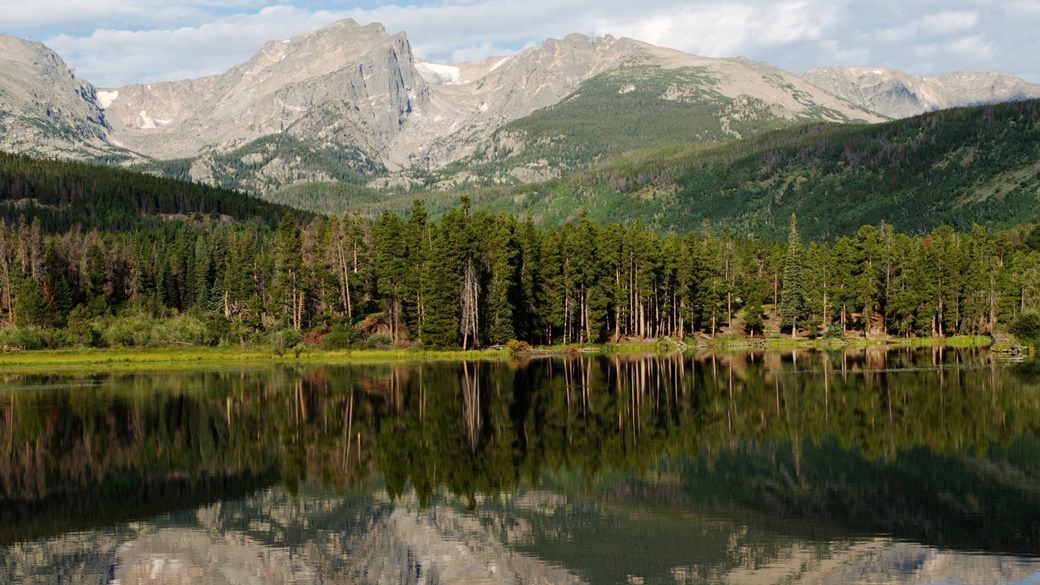
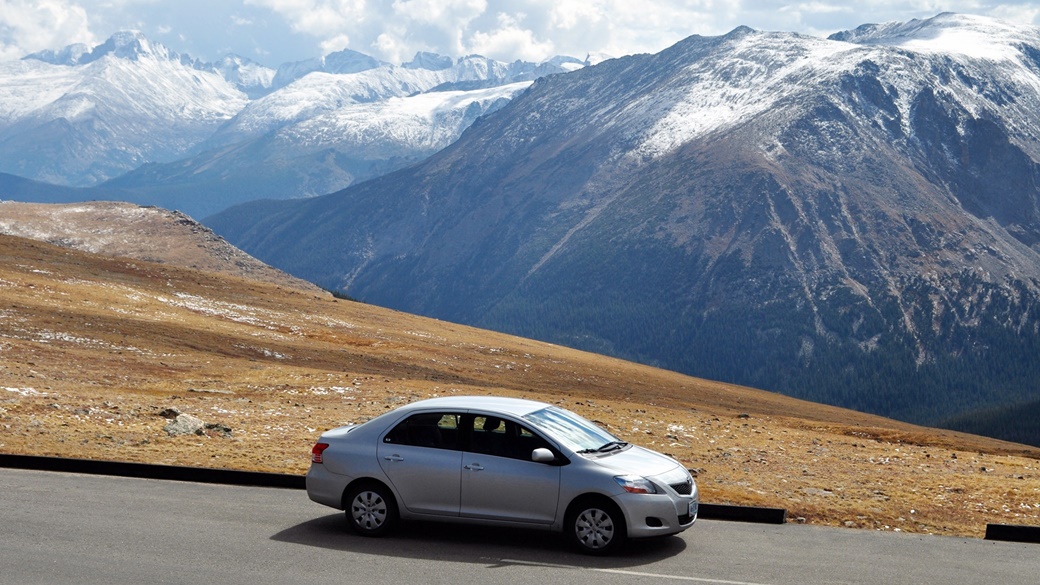
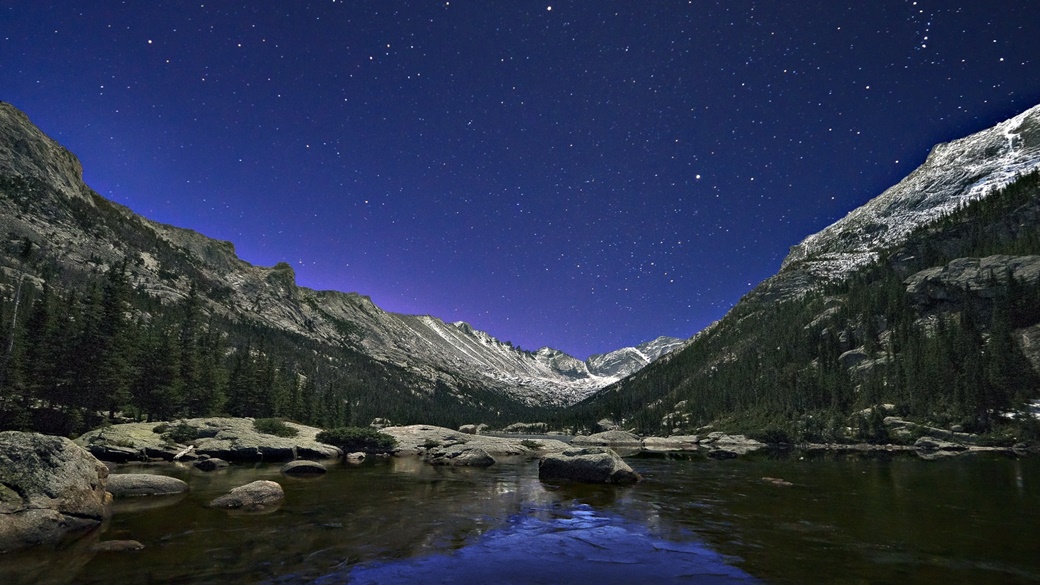

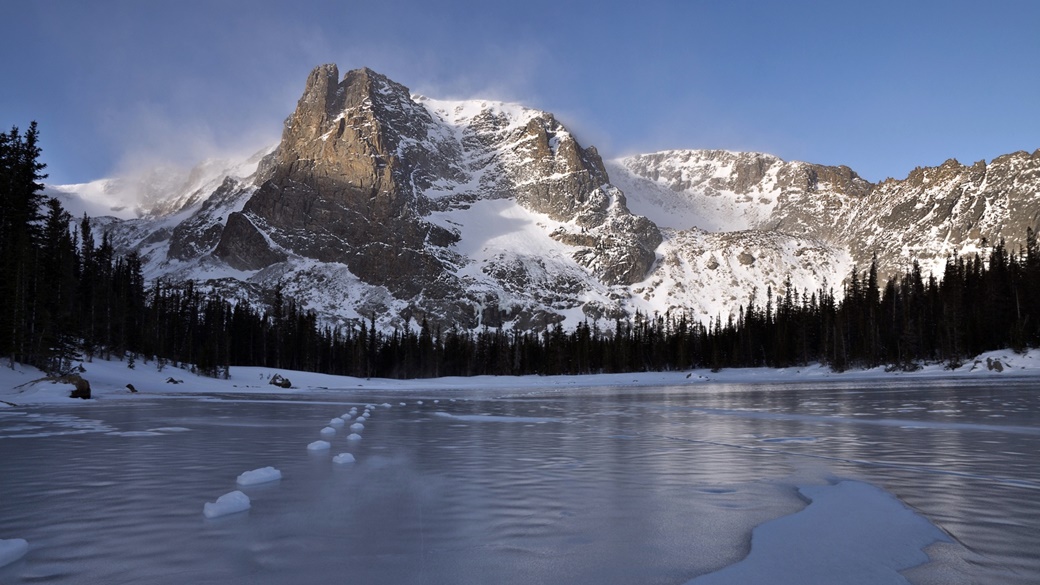
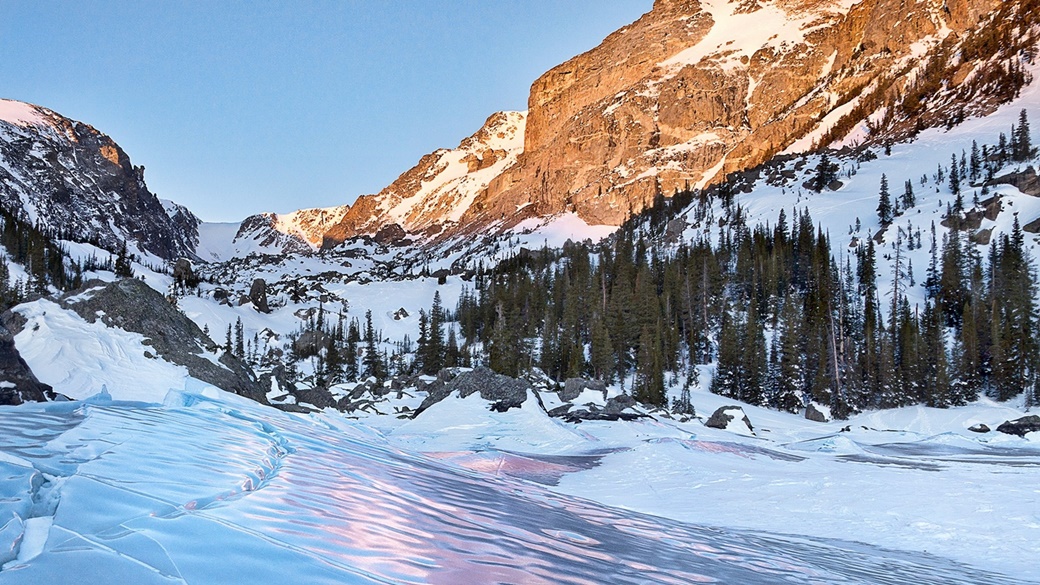
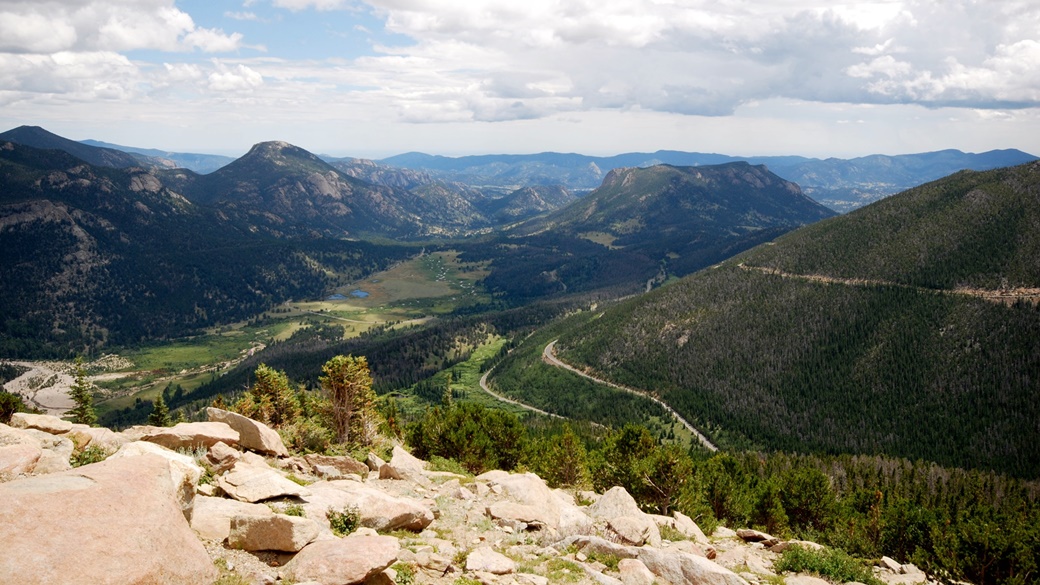
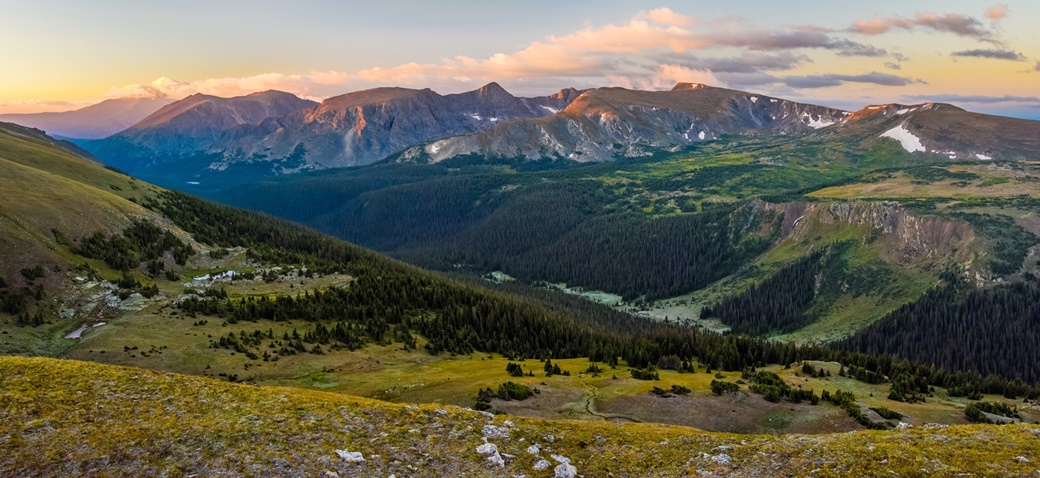
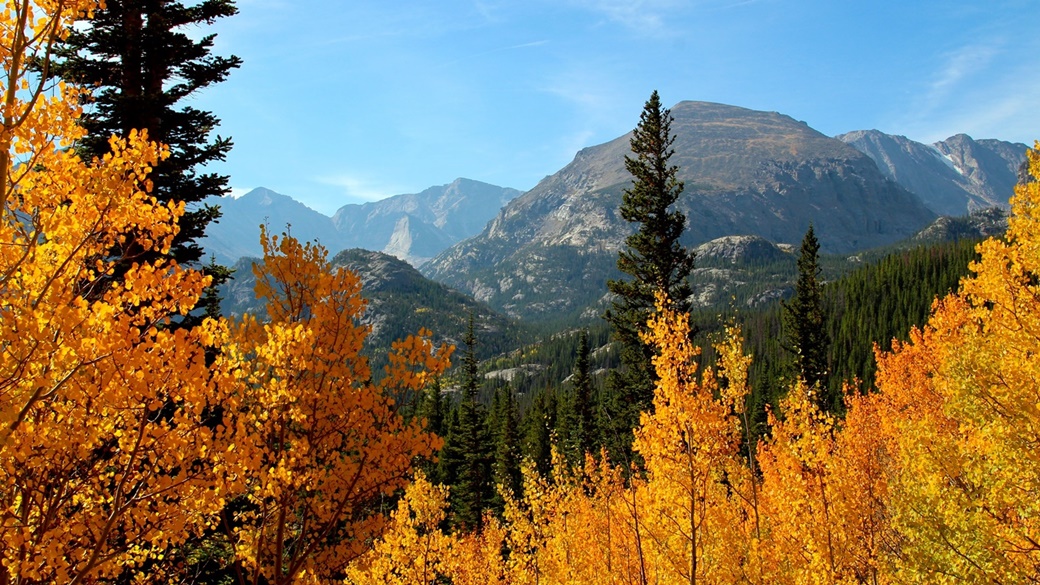
US National Parks
- National Parks of the USA – Map, List and Annual Pass
- America the Beautiful Pass 2025 – How It Works, Cost & Parks
- Timed-Entry Reservation for US National Parks (2025 GUIDE)
Travel Guides to USA National Parks

 10 Best Photo Places in the USA
10 Best Photo Places in the USA
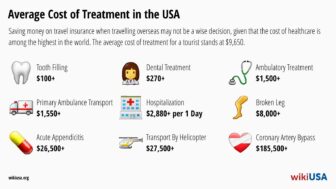


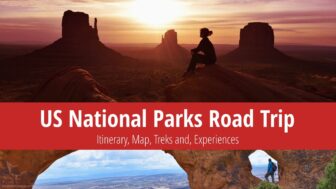
Contribute with Your Question or Personal Experience